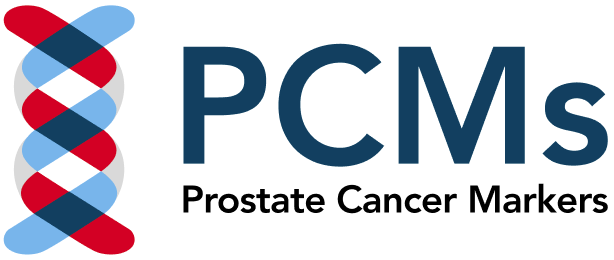What do my ProstateNext results mean?
ProstateNext is a genetic test that provides your healthcare providers with the tools necessary to manage and identify your risk for hereditary prostate cancer.
These genes, when mutated, have been shown to be associated with a 15% lifetime risk of developing prostate cancer, which is significantly higher than average risk men without the mutation.
The results of the ProstateNext text can help your healthcare provider determine your hereditary cancer risk, and along with other risk factors and PCMs, can aid in the development of a customized monitoring or diagnostic plan based upon your results.
Patient Report
Below is an explanation of what each section in the report means.
Patient Information:
The top of the report is the demographics section. It describes information about you and your specific case.
Result:
Indicates what gene(s) and/or hereditary cancer panel was ordered, what test result (technical terminology) was found in what gene, and how that result is classified:
- Positive:
- A mutation was found in at least one of your genes tested. Your risk of developing prostate cancer may be at increased risk compared to others.
- Ask your healthcare provider if genetic testing may be suitable for your family members.
- Negative
- No mutations were found in any of the genes tested.
- Ask your healthcare provider if genetic testing may be suitable for your family members.
- Variant of unknown significance (VUS)
- At least one genetic change was found, but it is not clear if this may lead to an increased risk of cancer.
- Ask your healthcare provider if genetic testing may be suitable for your family members.
Interpretation:
Provides more detailed information about the result found. The “risk estimate” bullet is only present when a test result is positive.
Mutation and Gene Information:
For a positive or VUS result:
-
Specific technical details are described to help healthcare providers understand the location and function of the finding, in addition to more information about cancer risks.
